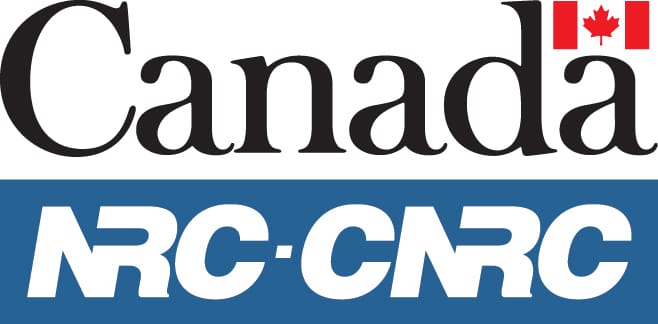Relationship of a line with metal thickness
• All fold lines should be drawn at the thickness of the material, except for:
• Under-folds should be 1.5 times the material thickness. Note, if metal thickness is less than 0.005” (0.0127mm) space between the holes is at least the metal thickness, and if the metal thickness is over 0.005” the hole size should be at least 120% of metal thickness.
Relationship of Bevel to metal thickness
• If the material is being etched from both sides bevel is produced. When etching bevel is approximately 15%-20% of metal thickness.
Center to center dimension and tolerances
• Minimum diameter of hole = material thickness.
• Minimum rivet diameter = 1.4 times material thickness
• Minimum width of raised or sunken line = 0.8 times material thickness.
• Fold Line width = material thickness.
Slot/Bar feature
• The minimum bar or land feature can be no less than 80% of the material thickness
• The minimum slot feature for screens or meshes can be no less than 120% of the material thickness
Corner Radii
• There are no truly squares in etching
• Nominal radius for inside and/or outside corners is 0.6 X of the material thickness.
Ratio etching
• 80 to 90% of the etching is done from one side
• The need for a smaller hole through a thicker material
• Note: the hole gets wider at the top as the hole gets deeper
Half etching
• Only one side of the material to be etched
• Reducing thickness
• Uses can be markings, part numbers, logos or to allow folding parts for Shielding parts
Bend lines
To hand form your part, the full-thickness sidewalls adjacent to the ½ etch meet to form a 90° bend. The ½ etch bend channel should end up on the inside of the formed part. PCM can produce a ½ etch in the material that is actually about 50-75% of the metal thickness.
Tabs
Parts are held in sheets by several small tabs which may leave a burr when detached. It is important to note that this burr is unlike a die-cut burr.
Recessed Tabs
Recessed tabs are similar to external tabs except that the break-off point will be recessed into the part. Use this option if your part cannot have any areas extend beyond its perimeter. Typical applications that use the recessed tab are parts such as encoder discs and other circular parts or board-level shields will use recess tabs so that the tab does not affect the attachment to the circuit board.
External Tabs
External tabs will produce a break-off point that will leave a small part of the metal sheet on the part.










